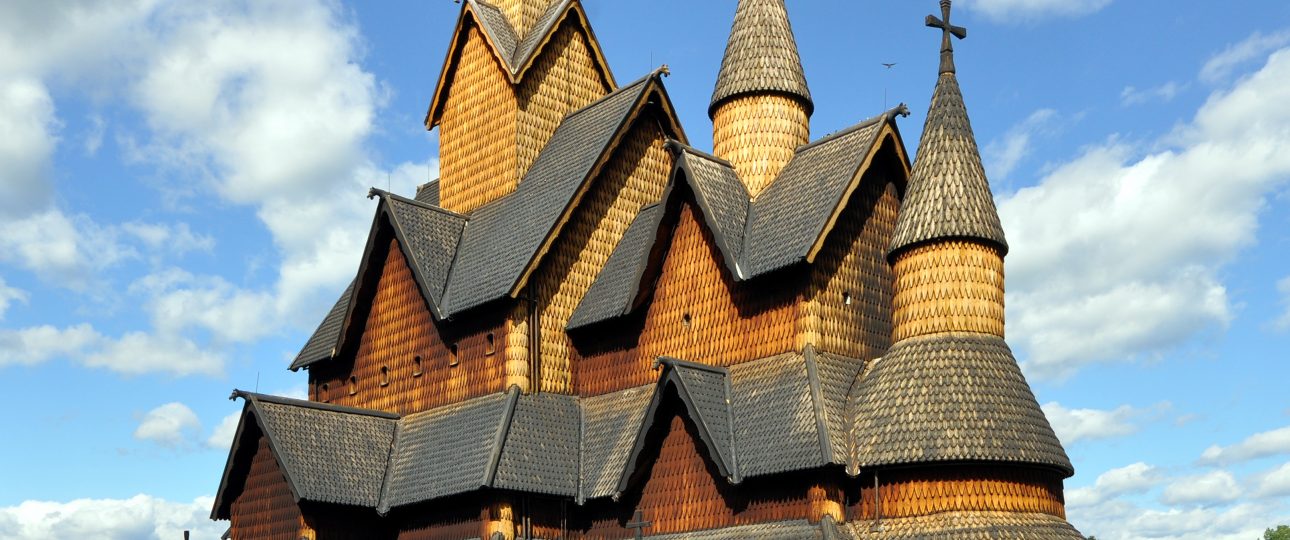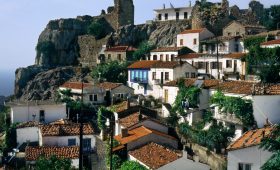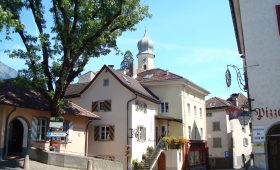The Enchanting Heddal Stave Church: A Journey to Norway’s Architectural Gem
Heddal Stave Church in Norway is a stunning example of medieval architecture that reflects the country’s rich cultural heritage. This wooden church is a testament to the craftsmanship and history of the region. Let’s explore the details that make Heddal Stave Church a remarkable destination.
A Glimpse into History
Heddal Stave Church is one of Norway’s most significant cultural landmarks. While the exact date of its construction is uncertain, it is generally believed to have been built around the year 1200. The church’s history is intertwined with Norway’s transition from paganism to Christianity, evident in its design, which incorporates both Christian and pagan symbols. The earliest records date back to 1315, and the church was known as Hitterdal Church or Ryen Church, named after the local farm and the old name for Heddal.
Over the centuries, the church has undergone several renovations. After the Reformation, it fell into disrepair and was sold in 1723 to pay off debts from the Great Northern War. Major restorations took place in the mid-1800s and again in the 1950s to restore its original appearance.
Architectural Marvels: A Closer Look
Heddal Stave Church is constructed from Scots pine wood and supported by load-bearing staves on a stone foundation. Its design is a hybrid, combining elements from different stave church styles. The nave resembles the towering central plan of Borgund-style churches, while the chancel features six free-standing masts similar to the Kaupanger group.
The Nave: A Revered Space
The nave is the main hall where the congregation gathers. Its high ceilings and intricately carved columns create a sense of grandeur. The interior features medieval wall paintings, which were restored to their original designs between 2008 and 2010, revealing connections to the Torpo Stave Church.
The Chancel: A Sacred Sanctuary
The chancel, located at the eastern end, serves as the focal point for religious ceremonies. It was originally built in 1167, according to runic inscriptions, and functioned as the church until the nave was added in the mid-13th century. The chancel’s pillars were removed during renovations, but its historical significance remains.
The Vestibule: A Gateway to the Divine
The vestibule features intricate woodwork and ribbon-interlaced portals, which once separated the Christian interior from the pagan exterior. Although one portal no longer exists, the remaining ones are a testament to the church’s historical narrative.
When to Visit
Heddal Stave Church is open to visitors throughout the year, but the best time to visit is during the summer months. The weather is mild, and the surrounding landscape is vibrant. However, if you prefer a quieter experience, consider visiting in spring or autumn when the crowds are smaller.
Getting There
Located in the Telemark region of southern Norway, Heddal Stave Church is accessible by various modes of transportation.
By Air
The nearest international airport is Oslo Airport Gardermoen. From there, you can rent a car and enjoy a scenic drive through the Norwegian countryside to the church.
By Train
Take a train from Oslo to Notodden, which offers stunning views of the landscape. From Notodden, local buses or taxis can take you to the church.
By Car
Driving from Oslo takes about two and a half hours. This option allows you to explore the picturesque scenery along the way.
Local Transportation
Once at Heddal Stave Church, you can explore the area on foot or by renting a bicycle. The region is well-served by public transportation, with buses and trains connecting nearby towns and attractions. Check schedules in advance to plan your day trips effectively.
Heddal Stave Church is not just an architectural marvel; it is a symbol of Norway’s cultural evolution. Its history, craftsmanship, and serene setting offer a unique travel experience that will leave a lasting impression.




